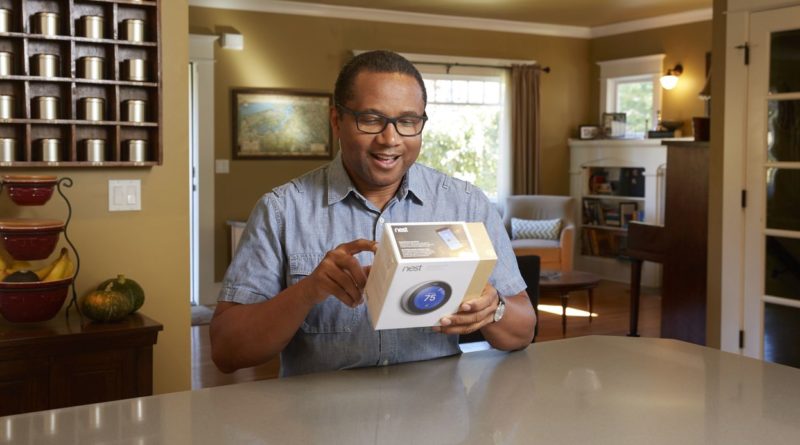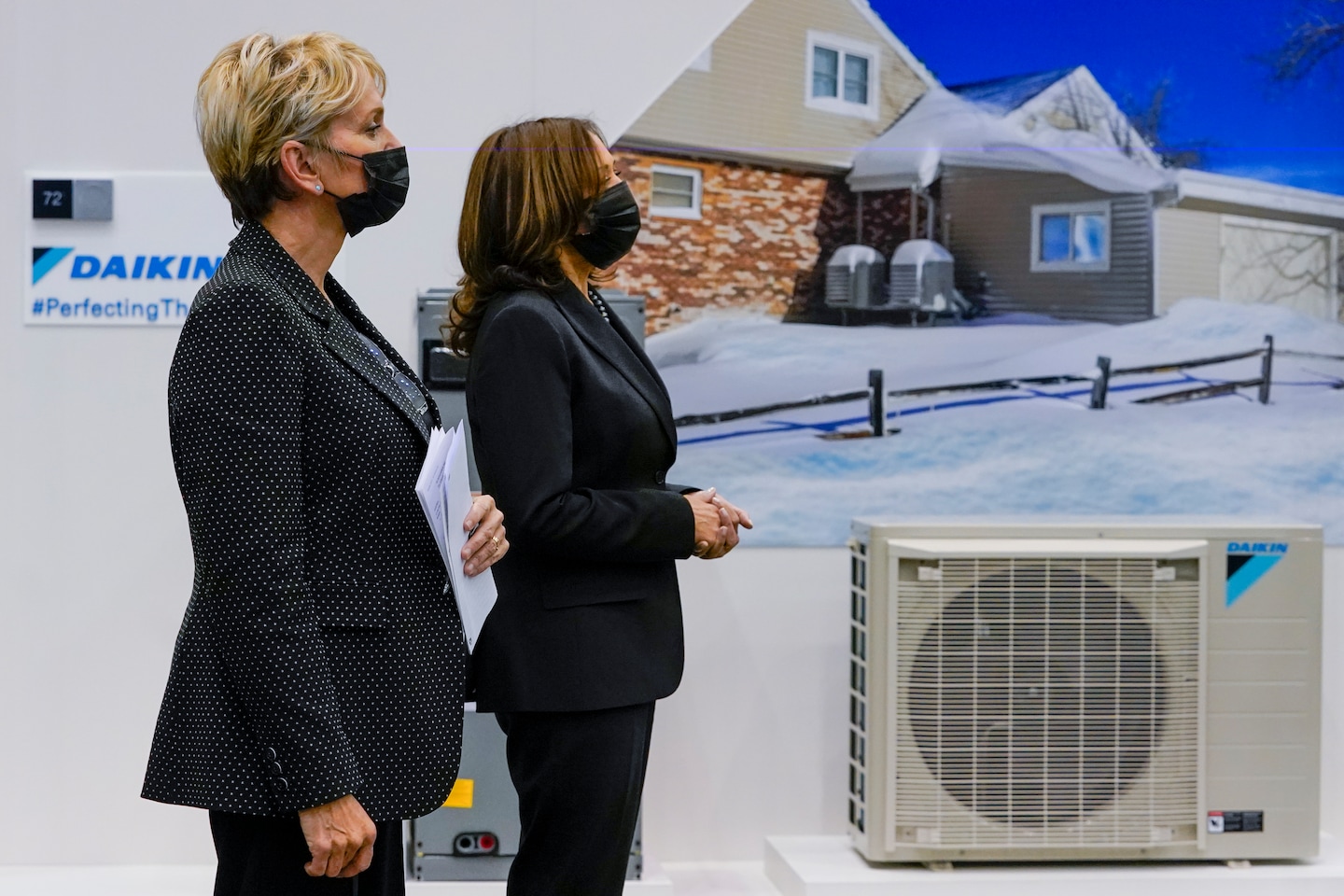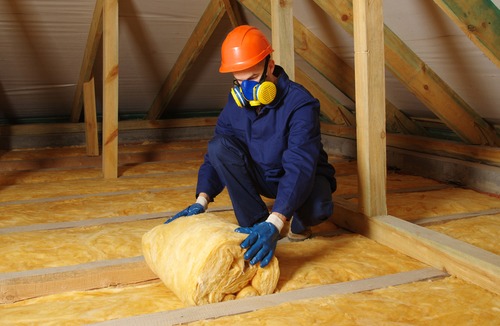Here are ways to cut costs while keeping your home toasty warm – OregonLive
Energy Disrupter
Expect your utility bill to rise during the fall and winter, not just because the days are shorter and you’re inside more, turning on lights and heating your home. Energy costs nationally are up 25% from this time last year, according to the Consumer Price Index.
By taking steps like sealing leaks, you can reduce your energy use, save money and keep your household comfortable, said Scott Leonard with Energy Trust of Oregon, which offers cash incentives for energy-saving improvements.
Since heating is often the largest energy expense, the most frequent upgrades in older Oregon homes are installing air sealing and attic insulation, and replacing aging furnaces and water heaters that can be up to 30 percent less efficient than new ones.
If you need help paying utility bills, check with your provider for options and programs.
The federally funded Weatherization Assistance Program helps low-income households with energy conservation services at no cost. You can apply at your local agency.
Here are tips from experts at Energy Trust of Oregon and the U.S. Department of Energy to save an average of $283 or more every year while keeping your home warm. See more ideas at Energy Trust of Oregon.

A smart thermostat can help you regulate the temperature based on your schedule.Energy Trust of Oregon
Set the temperature: Each degree you lower the thermostat could save you roughly 3% on your bill. At night or when no one is home, set your thermostat to 58 to 60 degrees. When you’re home, keep the thermostat at 65 to 68 degrees.
A smart thermostat, like the popular Google Nest, can help you regulate the temperature based on your schedule.
When temperatures drop, don’t raise the thermostat higher than you normally would during more mild weather. Cranking up the thermostat will not warm up your home faster; it will cause the furnace to run longer.
Close gaps: Small holes and cracks in outside-facing walls and around windows and exterior doors allow inside air to escape. These air leaks even make insulation less effective.
Add caulk or weatherstripping around drafty doors and windows, and seal openings hidden in attics, basements and crawlspaces with caulk, spray foam or weatherstripping.
When sealing gaps around chimneys or other heat-producing devices, make sure to use a non-combustible sealant.
If you’re not burning wood in the fireplace, close the damper. When using the fireplace, open the damper, close the room’s doors and lower the thermostat.
Here’s where you can read more about detecting air leaks for instructions on finding air leaks yourself, or learn more about selecting and applying caulk and weatherstripping.

Seal gaps where air might leak out of a home.Energy Trust of Oregon
Monitor ventilation: When making a home more airtight, be aware of the danger of indoor air pollution. Exhaust fans can pull gases from burning natural gas, fuel oil, propane or wood back into the living space, increasing indoor levels of carbon monoxide, according to the Department of Energy.
Burn marks, soot or smoke indicate poor draft, and should be evaluated by a utility company, energy professional or ventilation contractor.
Take advantage of the sun: Leave window shades or blinds open during the daytime to let the sunshine heat your home. At night, close the window coverings to help keep the heat in.
Check air filters once a month: When an air filter becomes clogged by dirt and other particles, the heating system can’t produce enough airflow to function properly, causing it to work harder and decreasing overall efficiency.
Replace filters once every month or two, especially during periods of high usage or if your home has poor indoor air quality.
Also, vacuum registers and vents to make sure nothing is blocking the warm air from reaching you.
Inspect heating and cooling equipment annually or as recommended by the manufacturer. If the unit is more than 15 years old, consider investing in one of the newer, energy-efficient units.
Add insulation: Heat loss occurs through floors, ceilings and walls if your home insulation levels are less than the recommended minimum. For more information, Energy.gov has everything you could ever want to know about insulation.
Cover bare floors with rugs to add comfort and help retain heat.
Cut lighting costs: Energy for lighting accounts for about 10% of an electric bill. Replace inefficient light bulbs with a more efficient choice such as Energy Star light-emitting diodes (LEDs) bulbs or energy saving incandescents.
Consider the brightness of the bulbs you want and shop for them based on information on the Lighting Facts label. Use connected home devices or lighting controls such as sensors, dimmers, or timers to reduce lighting use.
Appliances and electronics: Before you buy, estimate the energy use of appliances and electronics. Unplug an item when it is not in use, employ smart home energy management systems to monitor and control energy consumption of devices, and use the item less often.
In the kitchen, a slow-cooker, multi-cooker like an Instant Pot, toaster oven or even a grill outdoors is more energy efficient than an oven or stovetop.
Every time the oven door is opened, the temperature drops as much as 25 degrees, requiring the oven to work harder. Bake with glass or ceramic dishes that hold heat better than metal pans.
Here’s where you can learn more about shopping for energy efficient appliances and electronics. Is your electric bill spiking? Here are some of the most popular cost-cutting appliances with cash rebates that can help you save.
If you own an individual condominium unit, townhome, duplex, triplex or fourplex, visit Energy Trust of Oregon’s Multifamily page to view cash incentives for upgrades.
— Janet Eastman | 503-294-4072
jeastman@oregonian.com | @janeteastman
Original Source: https://www.oregonlive.com/hg/2021/11/here-are-ways-to-cut-costs-while-keeping-your-home-toasty-warm.html














